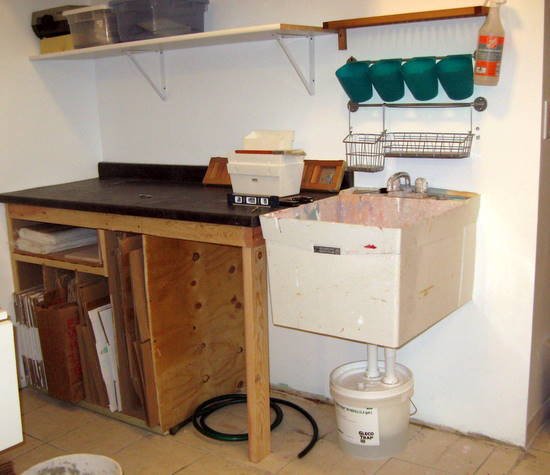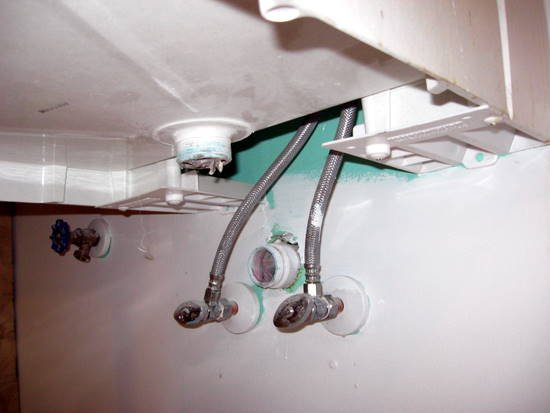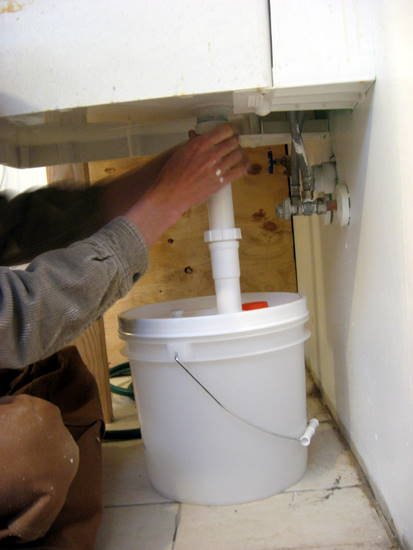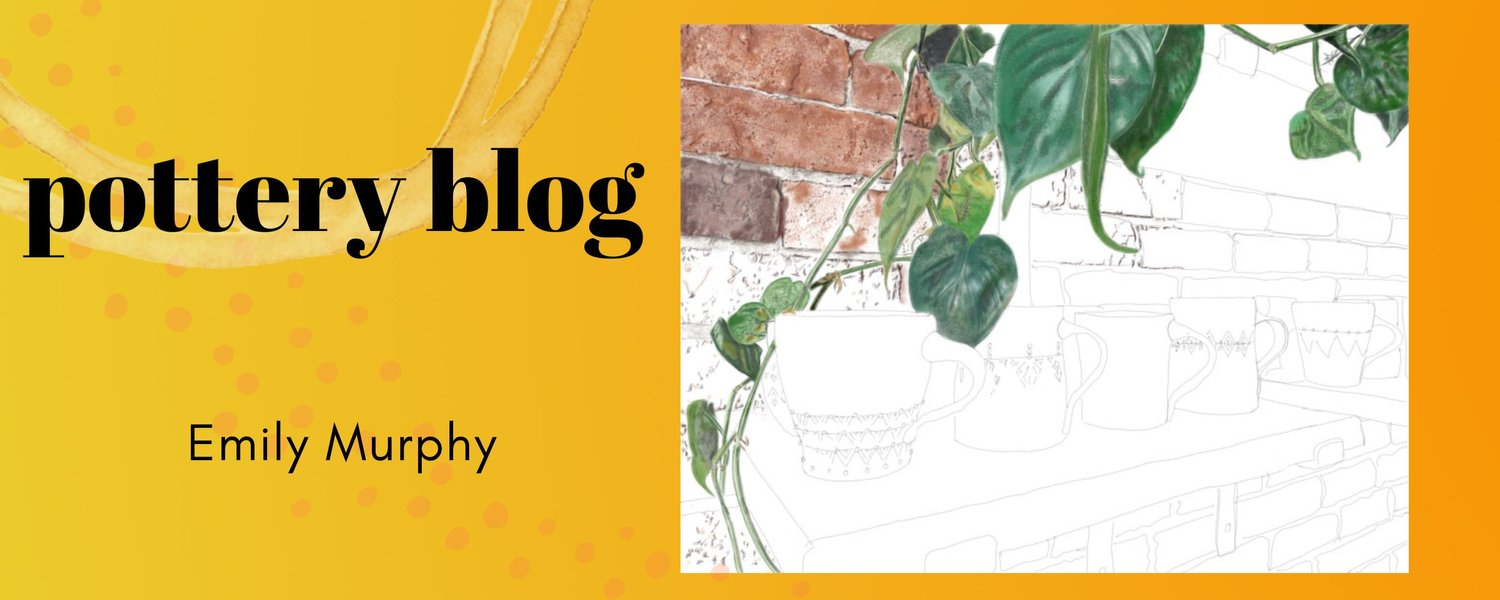New clay trap for the studio sink
It's been a busy week setting up the final details of my studio. I know once I'm deep into the clay, it's hard to find the motivation to take care to the remaining items on the to-do list. I really don't want to mess up the plumbing, so I was anxious to figure out some sort of clay trap for the sink.

Whenever I think about a clay trap, I have the image of a box trap trying to entice the tiny clay clay particles from escaping down the plumbing.
But that doesn't really seem like a realistic solution! I had been planning on putting together my own trap, but then I read of stories about how they can "go bad" by getting super stinky or leaky or they prove to be too difficult to change when they get full. So I got scared off of the DIY solution. If it's something that you've thought about doing, these plans look interesting. Then there is the Gleco Trap. People seem to like it, but the little containers seem expensive, and as a full time potter, I was worried that I would have to change it all the time. Then I discovered that they had a couple of larger sizes, but the price tag was too steep. Thanks to Facebook, Paul Randall gave me a fantastic tip. Gleco Traps are used by dentists, and if you buy directly though a dental supply company, they're much cheaper. I am a huge supporter of ceramics suppliers (trust me, they get lots of my money!), but I couldn't ignore the price difference. Since I first looked at the traps, the price from the dental company has inched up a little, and the price from the ceramic supply company has dropped quite a bit. But when I bought it, it was literally almost half the price.

The directions are pretty straight forward. When we first had a sink installed, we left room for a system under the sink, so it was easy. If you have a closed sink cabinet, it would be good to make sure you have enough room to squeeze it in before you order it. I bought the 3.5 gallon size. There is also a 5 gallon size, but this seemed like it would be enough, plus it would be a little moremanageable.

It comes with lots of extra fittings so it should work with most plumbing situations. Everything just screws together so you can disassemble it when you need to change the bucket. The downside is that you do need to buy a whole replacement bucket. But hopefully that will be a long time from now.

I have no idea if this is going to be the ideal solution, I'll let you know in the coming months. You can see into the semi-transparent bucket and how much sediment is in to so it'll be obvious when it needs to be replaced. Changing the bucket will really be the test of the system! It does have the possibility of getting a little stinky, so they suggest adding chlorine crystals from a pool supply company, but it seems like bleach should do the trick, right? That's what I've done with other trap systems.
What do you do in your studio to keep the plumbing from getting clogged?

Whenever I think about a clay trap, I have the image of a box trap trying to entice the tiny clay clay particles from escaping down the plumbing.
But that doesn't really seem like a realistic solution! I had been planning on putting together my own trap, but then I read of stories about how they can "go bad" by getting super stinky or leaky or they prove to be too difficult to change when they get full. So I got scared off of the DIY solution. If it's something that you've thought about doing, these plans look interesting. Then there is the Gleco Trap. People seem to like it, but the little containers seem expensive, and as a full time potter, I was worried that I would have to change it all the time. Then I discovered that they had a couple of larger sizes, but the price tag was too steep. Thanks to Facebook, Paul Randall gave me a fantastic tip. Gleco Traps are used by dentists, and if you buy directly though a dental supply company, they're much cheaper. I am a huge supporter of ceramics suppliers (trust me, they get lots of my money!), but I couldn't ignore the price difference. Since I first looked at the traps, the price from the dental company has inched up a little, and the price from the ceramic supply company has dropped quite a bit. But when I bought it, it was literally almost half the price.

The directions are pretty straight forward. When we first had a sink installed, we left room for a system under the sink, so it was easy. If you have a closed sink cabinet, it would be good to make sure you have enough room to squeeze it in before you order it. I bought the 3.5 gallon size. There is also a 5 gallon size, but this seemed like it would be enough, plus it would be a little moremanageable.

It comes with lots of extra fittings so it should work with most plumbing situations. Everything just screws together so you can disassemble it when you need to change the bucket. The downside is that you do need to buy a whole replacement bucket. But hopefully that will be a long time from now.

I have no idea if this is going to be the ideal solution, I'll let you know in the coming months. You can see into the semi-transparent bucket and how much sediment is in to so it'll be obvious when it needs to be replaced. Changing the bucket will really be the test of the system! It does have the possibility of getting a little stinky, so they suggest adding chlorine crystals from a pool supply company, but it seems like bleach should do the trick, right? That's what I've done with other trap systems.
What do you do in your studio to keep the plumbing from getting clogged?
